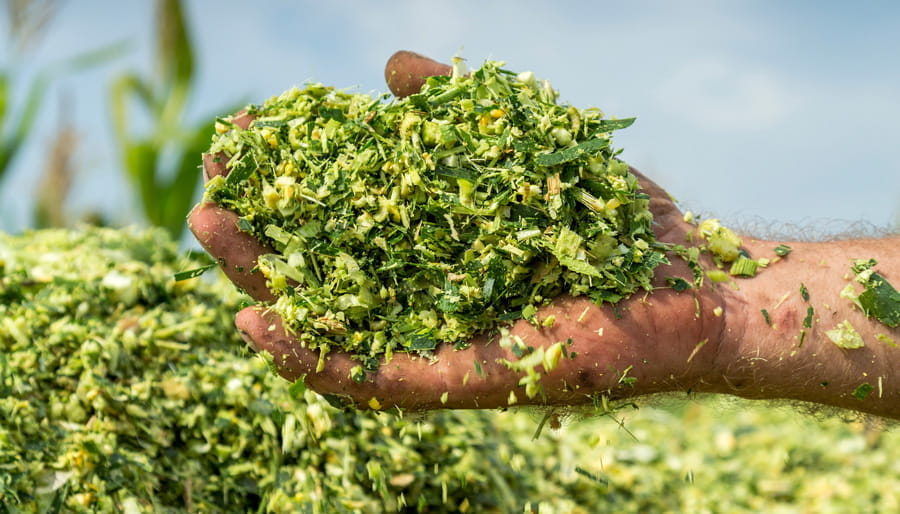Market challenge
The ensiling process is not only about a fast drop of pH, which keeps unwanted microbes from growing and thriving, but also to prevent the spoiling of the silage after opening. One of the biggest challenges in silage-making is aerobic stability, especially when it comes to ensiling feed materials with high sugar content like corn or grass mixes.
The aerobic stability process starts when the lactic acid bacteria from the inoculant start producing lactic acid lowering the pH to keep unwanted microbes from growing. It is even more important to keep silage stable after opening the bunker when it is exposed to oxygen.
There are diverse groups of microorganisms competing for nutrients, directing the fermentation toward either a controlled ensiling process, stabilizing the nutritional value of the silage, or to an unwanted outcome, when spoilage microorganisms lead the fermentation. When yeasts and molds prevail, they end up lowering the overall nutritional value of the silage.
Our solution
Our silage inoculant products contribute to a controlled fermentation that maintains the nutritional value of the silage even after the forage is exposed to the air.


